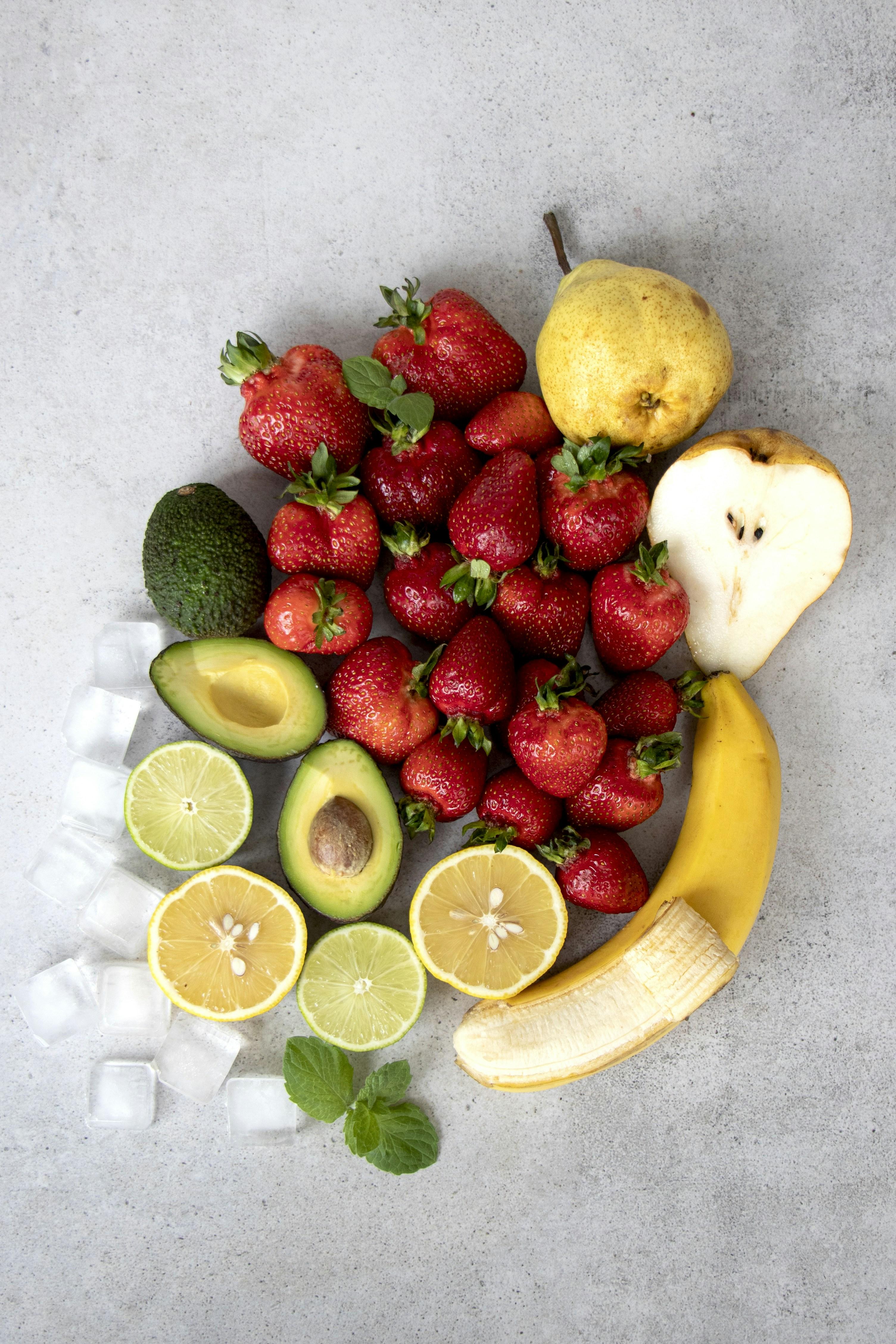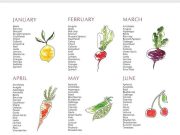In the bustling aisles of modern supermarkets, where vibrant packaging and catchy slogans vie for our attention, processed foods often take center stage. From the quick-fix convenience of microwave meals to the irresistible allure of crispy snacks, these culinary creations have woven themselves into the fabric of our daily lives. Yet, amid the whirlwind of choices, a question lingers like a persistent echo: Are processed foods always bad? This article delves into the heart of this culinary conundrum, unraveling the layers of perception and reality that surround processed foods. As we embark on this exploration, we’ll navigate the complex landscape where nutrition, science, and convenience intersect, offering a balanced perspective on a topic that often stirs spirited debate.
Unveiling the Myths: Understanding the Role of Processed Foods
Processed foods often carry a stigma, but it’s essential to sift through the myths to understand their true role in our diets. Not all processed foods are created equal, and some can actually contribute positively to our nutrition. The term “processed” simply means that the food has undergone a series of changes before reaching your table. This could range from minimal processing, like washing and packaging fresh produce, to more extensive methods like canning, freezing, or adding preservatives.
- Convenience: Processed foods often provide convenience for busy lifestyles, allowing individuals to enjoy a quick meal without compromising on taste.
- Nutrient Preservation: Certain processing methods, like freezing and canning, help preserve essential nutrients, making it easier to consume fruits and vegetables year-round.
- Safety: Techniques such as pasteurization and sterilization ensure that foods are safe to consume, reducing the risk of foodborne illnesses.
While it’s crucial to be mindful of additives and sodium levels in heavily processed items, integrating minimally processed foods can be a valuable part of a balanced diet. Understanding the different levels of processing can help dispel myths and allow us to make informed choices that suit our health and lifestyle needs.

Nutritional Nuances: Identifying Healthier Processed Options
In a world where convenience often trumps culinary curiosity, distinguishing the wheat from the chaff in the processed food aisle is a skill worth cultivating. Not all processed foods deserve their bad rap; some are actually crafted with nutritional care. Understanding labels becomes your compass in this culinary labyrinth. Look for products that boast minimal ingredients, with whole foods leading the list. For instance, a jar of nut butter should ideally contain just nuts and maybe a sprinkle of salt.
Consider these attributes when seeking out healthier processed options:
- Low in added sugars: Opt for items with little to no added sugars.
- High in fiber: Foods rich in fiber can help maintain digestive health.
- Limited sodium content: Processed foods can be high in sodium; choose those with reduced amounts.
- Free of artificial additives: Avoid artificial colors, flavors, and preservatives when possible.
By honing your skills in label literacy, you can discover processed foods that align with a healthier lifestyle, without sacrificing the convenience they offer.

Balancing Act: Incorporating Processed Foods into a Healthy Diet
When navigating the complex world of nutrition, it’s essential to understand that not all processed foods are created equal. While some may conjure images of neon-colored snacks and sugary drinks, others provide a convenient and nutritious option for a balanced diet. The key is knowing which processed foods can be beneficial and how to incorporate them mindfully into your meals.
- Frozen Vegetables: Often picked and frozen at peak ripeness, these can be a nutrient-rich alternative to fresh produce, especially when certain items are out of season.
- Canned Beans: Packed with fiber and protein, they offer a quick solution for adding nutritional value to salads, stews, and more.
- Whole Grain Bread: Opt for varieties with minimal added sugars and preservatives to enjoy a hearty source of fiber and essential nutrients.
- Nut Butters: When choosing those with minimal additives, they can be a healthy, protein-packed spread for snacks or meals.
Mindful Choices: The secret lies in reading labels and selecting options with fewer ingredients, low sodium, and no trans fats. Balancing these with fresh, whole foods can help maintain a healthy diet without completely sacrificing convenience.

Mindful Choices: Tips for Selecting Quality Processed Products
When navigating the grocery aisles, it’s crucial to become an informed consumer, especially when it comes to selecting processed foods. Opt for items with short ingredient lists, as these often indicate less manipulation and fewer additives. Check for whole ingredients such as whole grains, nuts, or fruits listed at the beginning. This can be a good sign that the product is more wholesome.
- Read labels carefully: Look for terms like ”whole” or “natural” and be wary of those with trans fats, high fructose corn syrup, or excessive sodium.
- Seek out certifications: Products with labels like USDA Organic or Non-GMO Project Verified may offer more assurance of quality.
- Consider fortified options: Some processed foods are enriched with vitamins and minerals, which can be beneficial if they complement your dietary needs.
By making mindful choices, you can enjoy the convenience of processed foods without compromising on health. Remember, not all processed products are created equal, and a little diligence goes a long way in ensuring you choose the best for your well-being.































